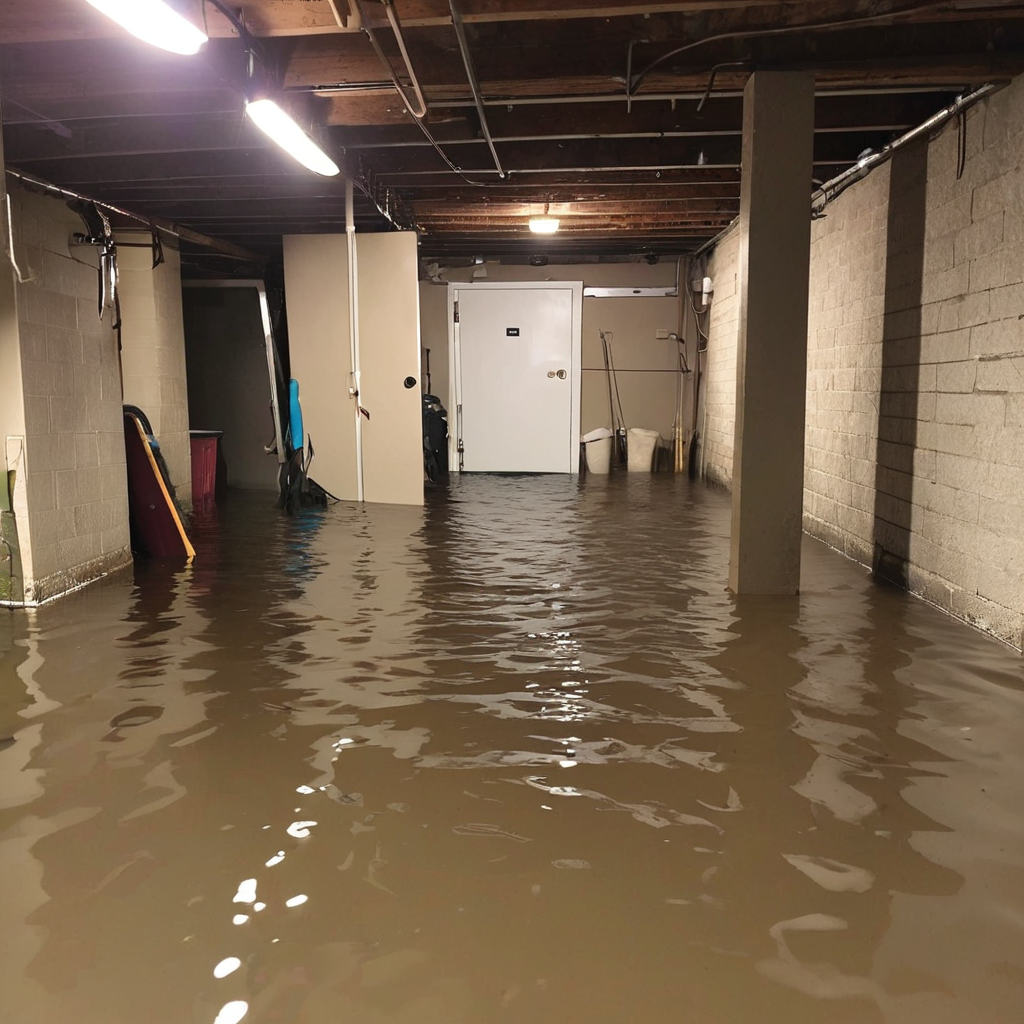
Discovering a flooded basement due to a sump pump failure can be a stressful and alarming situation for homeowners. However, knowing how to respond promptly and effectively can mitigate further damage and help restore the affected area swiftly. Here’s a step-by-step guide on what to do when a sump pump fails to turn on and a basement floods:
1. Safety First:
Before entering a flooded basement, prioritize safety. Ensure all electrical power to the basement is turned off to prevent the risk of electric shock. If water levels are high, wait for professional assistance or use appropriate protective gear such as rubber boots and gloves to avoid contact with contaminated water or potential hazards.
2. Identify the Cause of the Sump Pump Failure:
Determine why the sump pump failed to turn on. Common causes include power outages, tripped circuit breakers, mechanical malfunctions, clogged intake or discharge pipes, or a faulty float switch. If possible, address any immediate issues such as resetting circuit breakers or checking power connections to the pump.
3. Remove Water Safely:
Use a submersible pump or a wet/dry vacuum designed for water extraction to begin removing water from the basement. Start from the lowest point and work your way towards the sump pit or drain. Dispose of extracted water away from the foundation to prevent it from seeping back into the basement.
4. Salvage Belongings and Mitigate Damage:
If items are submerged in water, salvage them promptly to prevent further damage. Move furniture, electronics, and valuables to a dry area and allow them to air dry. Dispose of damaged items that cannot be salvaged safely. Use fans, dehumidifiers, and open windows to facilitate drying and prevent mold growth.
5. Inspect and Address Water Damage:
Inspect walls, floors, and building materials for signs of water damage, such as discoloration, warping, or mold growth. Remove damaged drywall, insulation, and carpeting as necessary to facilitate drying and prevent mold spread. Disinfect affected areas with a mixture of bleach and water to inhibit mold growth and sanitize surfaces.
6. Evaluate and Repair Sump Pump System:
Once water has been removed and the basement is dry, assess the sump pump system to identify the cause of failure. Check for debris or obstructions in the sump pit, intake, or discharge pipes that may have prevented the pump from operating effectively. Test the pump by pouring water into the sump pit to verify proper operation.
7. Consider Installing a Backup Sump Pump:
To prevent future incidents of sump pump failure, consider installing a backup sump pump system with a battery backup or water-powered backup pump. These systems provide additional protection during power outages or primary pump malfunctions, ensuring continuous operation and basement flood prevention.
8. Document and Communicate with Insurance:
Document the extent of water damage and the steps taken to mitigate it, including photographs of affected areas and damaged belongings. Contact your insurance provider to report the incident and initiate a claim if applicable. Keep records of expenses related to cleanup, repairs, and replacement of damaged items for insurance purposes.
9. Preventive Maintenance and Regular Checks:
Implement a preventive maintenance schedule for your sump pump system, including regular inspections, cleaning of sump pit and intake pipes, and testing of pump operation. Replace worn-out components or outdated pumps to maintain reliability and readiness for future flooding events.
10. Seek Professional Assistance if Needed:
If the flooding is extensive or if you are unsure how to safely handle water extraction and cleanup, seek assistance from professional water damage restoration specialists. They have the expertise, equipment, and resources to handle large-scale flooding incidents and ensure thorough restoration of your basement.
Facing a flooded basement due to sump pump failure requires swift action and thorough attention to safety and damage mitigation. By following these steps and being prepared with preventive measures, homeowners can minimize the impact of flooding and protect their property against future water intrusion.
Cedar Hill St. Louis Jefferson County Olivette Kirkwood Ballwin Arnold Franklin County St Charles County Fenton High Ridge Dittmer Creve Coeur
